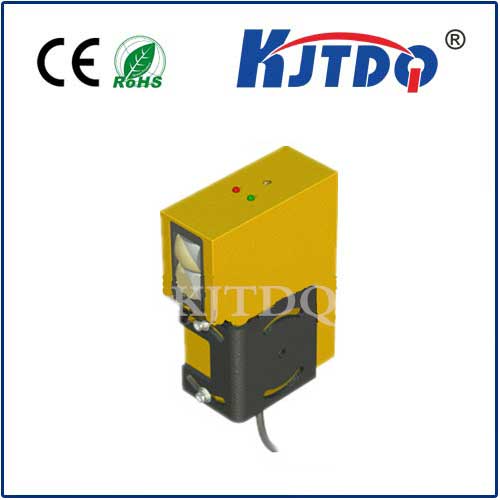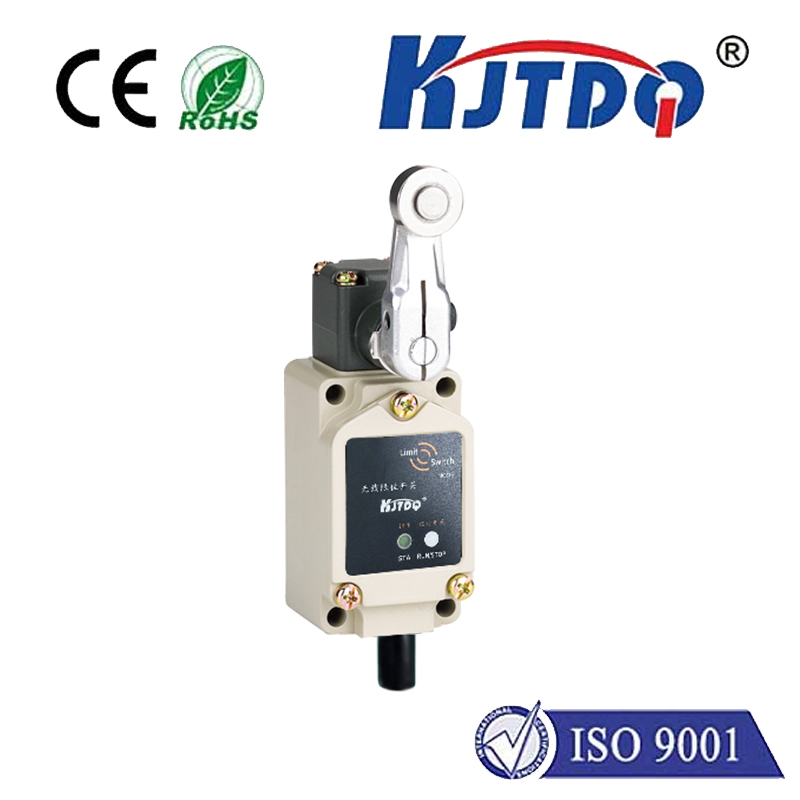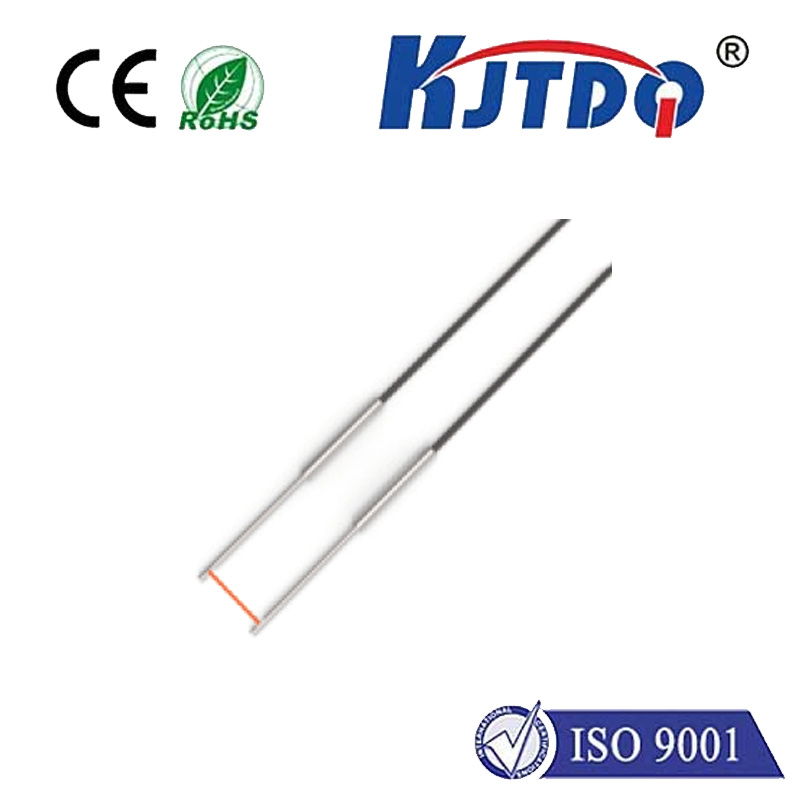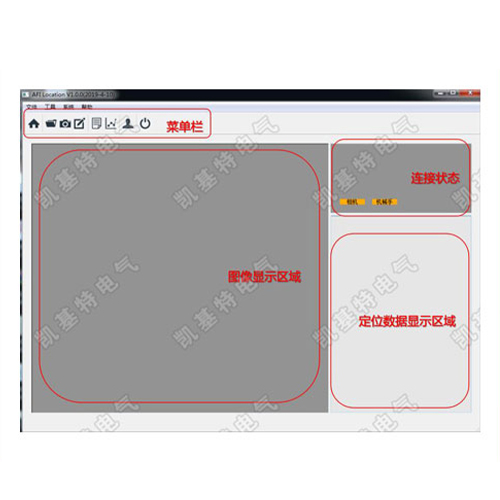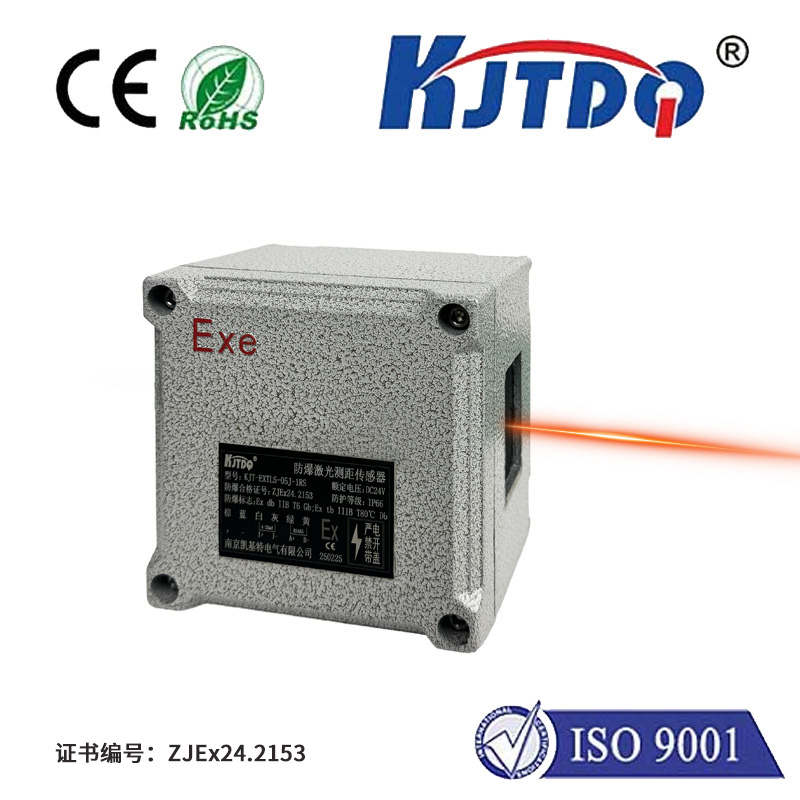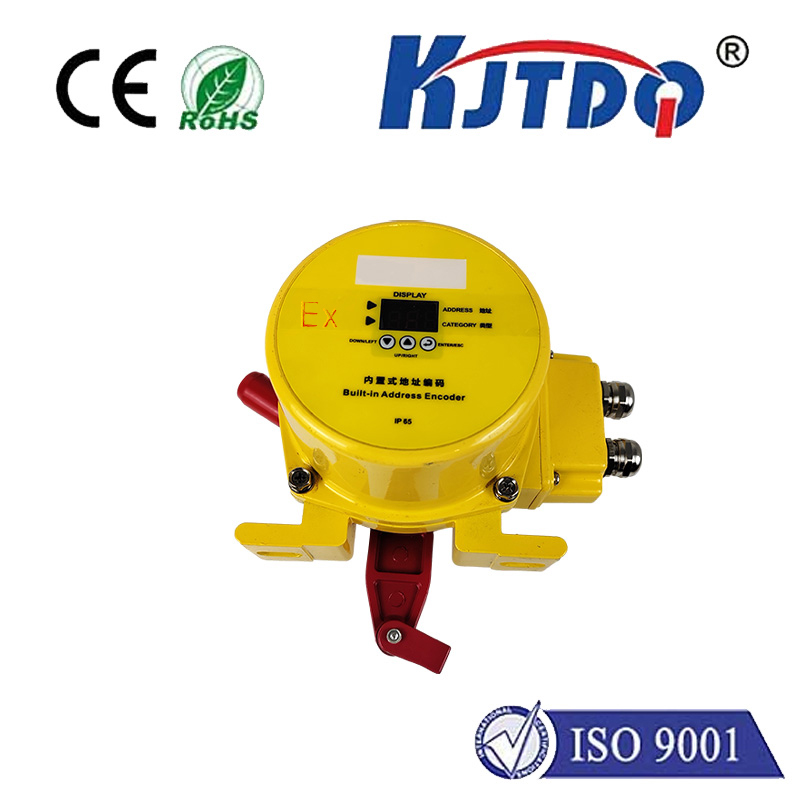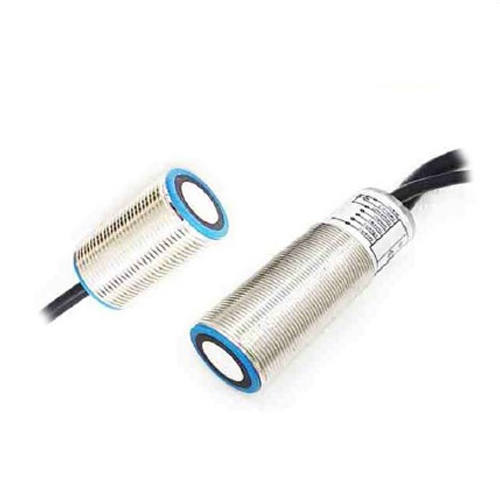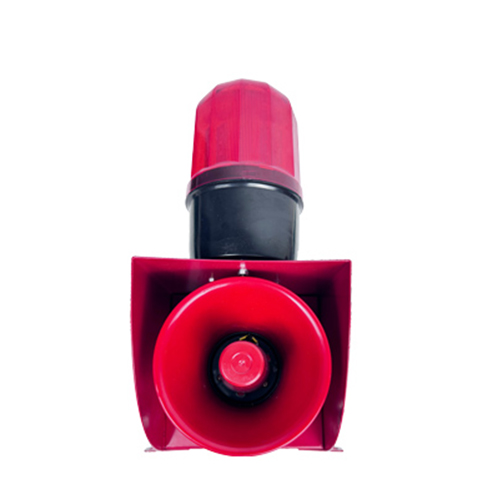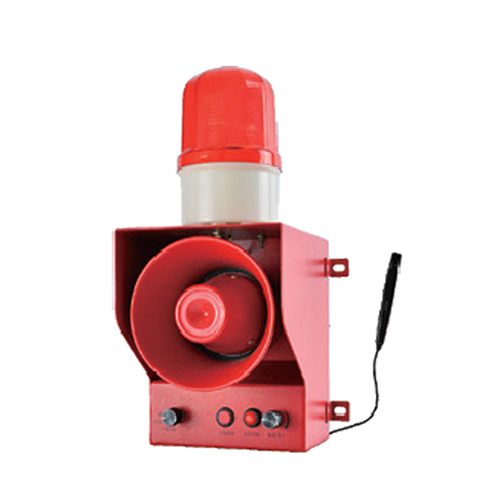

check

check

check

check

check

check

check

check

check

check
The Capacitive Proximity Sensor: A Revolution in Detection Technology
Capacitive proximity sensors have revolutionized the way we detect and interact with our surroundings. These sensors are designed to detect the presence of objects or materials that are near them, without any physical contact. This makes them ideal for use in a wide range of applications, from industrial automation to consumer electronics.
One of the key advantages of capacitive proximity sensors is their ability to detect non-metallic objects. Unlike traditional inductive sensors, which rely on metal-to-metal contact, capacitive sensors can detect anything that has a dielectric constant different from air. This means they can be used to detect everything from plastic bottles to human hands.

Capacitive proximity sensors work by measuring changes in the electrical field around the sensor. When an object comes close to the sensor, it disrupts the field, causing a change in capacitance. The sensor then sends a signal to a microcontroller or other control system, which can trigger an action such as turning on a light or activating a machine.
In industrial settings, capacitive proximity sensors are commonly used for tasks such as counting, positioning, and level detection. They are also popular in automotive applications, where they can be used for features such as automatic door locks and seat adjusters. In consumer electronics, capacitive proximity sensors are often found in smartphones and tablets, where they allow users to interact with their devices without touching the screen.
One of the challenges of using capacitive proximity sensors is dealing with false positives. Because these sensors can detect anything that changes the electrical field around them, they may be triggered by things like moisture or contamination on the surface of the sensor. To overcome this challenge, manufacturers often include filters and algorithms in their sensor designs to minimize false positives and improve accuracy.
Another challenge is ensuring consistent performance across different environments and applications. To address this, many capacitive proximity sensors are designed to be highly configurable, allowing users to adjust parameters such as sensitivity and timing to optimize performance for their specific needs.
Despite these challenges, the benefits of capacitive proximity sensors make them an increasingly popular choice for a wide range of applications. As technology continues to evolve, we can expect to see even more innovative uses for these versatile sensors in the future.
